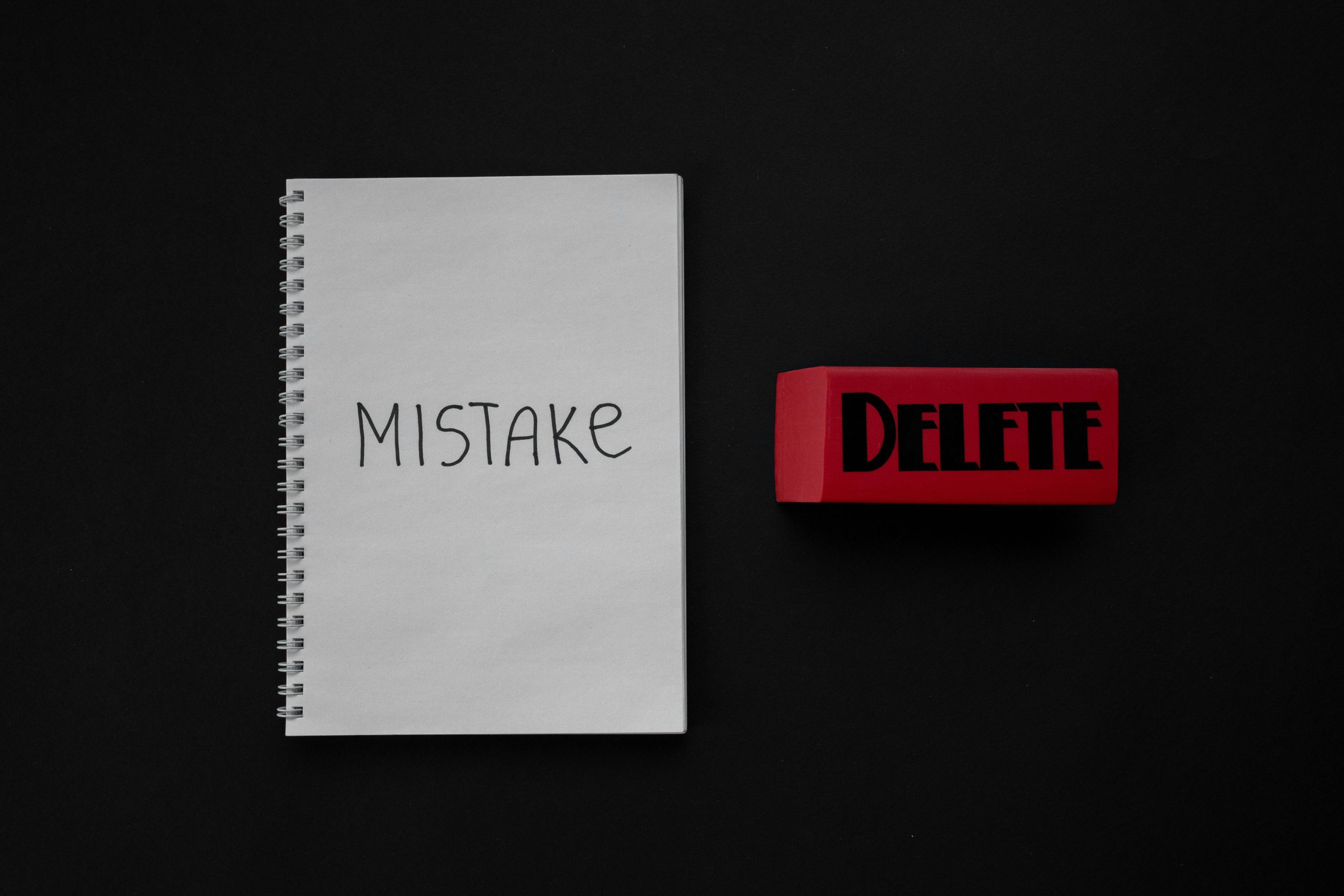What Is a Tax Levy?
Published:Information About Federal Tax Levies
If you owe back taxes, the IRS may place a tax levy on your property and/or assets. A tax levy is defined as “a legal seizure of your property to satisfy a tax debt.”
Keep in mind that a tax levy is different from a tax lien. A tax lien is a claim against your property that protects the government’s interest in your tax debt. In other words, the IRS will use a tax lien as security for your tax debt. But with a tax levy, the IRS actually takes your property in order to satisfy your tax debt.
>> Owe the IRS? Get a Free Tax Relief Consultation
It is important to understand how a tax levy can affect you, as well as your options for releasing a levy and resolving your tax debt.
How a Tax Levy Works
Before we address tax levies, let’s go over the basic steps of the IRS process, from billing to collection. Generally: If you owe taxes, the IRS will send you a bill (referred to as your “first bill” for tax due). If you don’t pay your first bill, the IRS will send you at least one more bill. If you still haven’t paid by the time you receive your final bill, the IRS will start to enforce collection actions. Collection actions can range from taking your future tax refunds to seizing your property. For more information, refer to IRS Publication 594 (The IRS Collection Process).
NOTE: A tax lien will automatically come into existence if you don’t pay your taxes due after receiving your first bill.
There are several events that must occur before the IRS places a tax levy on your assets. First, the IRS sends you a “Notice and Demand for Payment” after their tax assessment has been made. Second, you either neglect or refuse to pay the tax balance shown on your notice. Third, the IRS then sends you a “Final Notice of Intent to Levy and Notice of Your Right to A Hearing” (levy notice), which you may receive at home, work, or in person. If the IRS gets no response from you within 30 days of sending the levy notice, a tax levy will be placed on your property/assets.
RELATED: What to Do If You Get a Notice from the IRS
Types of Tax Levies
The IRS may levy (i.e. seize and sell) any type of real or personal property that you own or have an interest in. This can include your home, car, bank accounts, wages, retirement funds, rental income, and more.
Wage Garnishment
A wage levy (often referred to as ‘wage garnishment’) is the most common form of IRS levy. Under this type of levy, the IRS orders your employer to subtract a certain amount of money from each pay period to go toward your tax liability – and usually only a small portion is left for you to keep.
Once an employer receives Form 668-W (Notice of Levy on Wages, Salary, and Other Income), they generally have one full pay period before they’re required to send the IRS money from their employee’s wages. If your employer does not comply with the IRS, they will be held liable for the amounts that should have been collected through wage garnishment.
There are 3 ways to end a levy on your wages, salary, or tax refunds – the levy can be released, you can pay off your tax debt, or the statute of limitations for collections may expire. [Note that the IRS can levy both your Federal and State tax refunds.] If a levy is placed on your wages, you are encouraged to contact the IRS as soon as possible to discuss your options and resolve the issue.
Levy on Your Financial Accounts
Another common form of levy involves your bank accounts and other monetary assets (such as investments, dividends, retirement accounts, licenses, and the cash loan value of your life insurance). The IRS may access your financial accounts and monitor them, and then take the funds to pay your tax debt.
If your bank account is levied, your bank is required to hold funds that you have on deposit (up to the amount of tax due) for 21 days. This is a holding period in case there are any issues regarding account ownership. Once 21 days have passed, the bank must send the money to the IRS.
Keep in mind, if you were charged bank fees due to an IRS error when your account was levied, you may be entitled to a reimbursement. To make a claim, use IRS Form 8546 (Claim for Reimbursement of Bank Charges). If you want to discuss your case, call the IRS employee whose name is listed on the “Notice of Levy” that you received.
RELATED: IRS Options If You Cannot Pay Your Taxes
Levy on Your Property
Although it’s less common, the IRS can seize your property and sell it to pay your tax debt. This includes any houses, boats, trailers, automobiles, or land that you own – with only a few exceptions.
Before the IRS can place a levy on your principal residence, they will need to bring a proceeding in U.S. District Court. The IRS must prove that (1) your debt has not been satisfied; (2) the administrative procedures/requirements relevant to the levy have been met; and (3) there is no other reasonable alternative for collection of your debt.
There are 4 “reasonable collection alternatives” recognized by courts: a payment in full, an installment agreement, an offer in compromise (OIC), and a temporary delay of collection (i.e. ‘currently not collectible’).
Levy on Social Security Benefits
Another less common form of tax levy is Social Security garnishment. Through the Federal Payment Levy Program (FPLP), the IRS may levy up to 15% of each Social Security payment until your tax debt is paid. The FPLP is an automated system managed by the Department of Treasury, which is in charge of levying (i.e. reducing) your payments. The Social Security Administration (SSA) calls these “automated tax levies.”
—
While tax levies and tax liens tend to get a lot of publicity, they are typically the IRS’s last resort.
For more information about past due taxes, please visit our Tax Debt Relief page.



